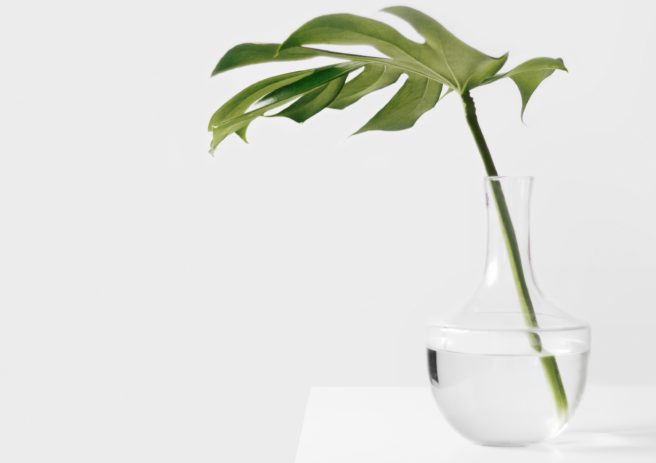
Plantstagram! 5 ways to take better care of your precious indoor plants
Plants have become extra popular on the homeware front lately, thanks to bloggers using them in flatlays and interior designers using them to create a minimalist but 'living' space.
Plants are a simple way to add texture to a living space, but it's important to look after your little plant friends carefully.
Know your plants
Every plant is individual, depending on their species.
Make sure you do your research before just buying a load of plants to jazz up your Instagram backgrounds, or else you'll end up with some rather unphotogenic brown, dead tendrils.
Don't water them too much
One of the most common ways that plants die is through over-watering.
Each plant is different but very few would need to be watered more than once a week.
A handy way to check is to test the soil using a stick, if the soil is dry and crumbly all the way to the bottom of the pot, your little plant could probably do with some hydration.
Let there be light!
All your plant friends need is light and water to survive, so make sure they're getting enough natural day light for them to sustain themselves.
Place plants where natural light is most prolific, and if you sense that your plants seem to be bowing towards a window, them move them a little closer.
Grow baby, grow
If you want to see growth in your plants, then they will need to fertilised.
According to Gardeners.com, 'as a general rule, most houseplants should be fertilised from January through September, and should then be allowed to "rest" for a few months.'
Succulent life
Cacti and succulents do require TLC
Often times, people choose succulents or cacti as they see them as a low maintenance plant.
While they definitely don't need as much attention as other plants, succulents need to have a soil soakage about once a week while still in the growth stages.
Cacti can be watered two-three times per month.













